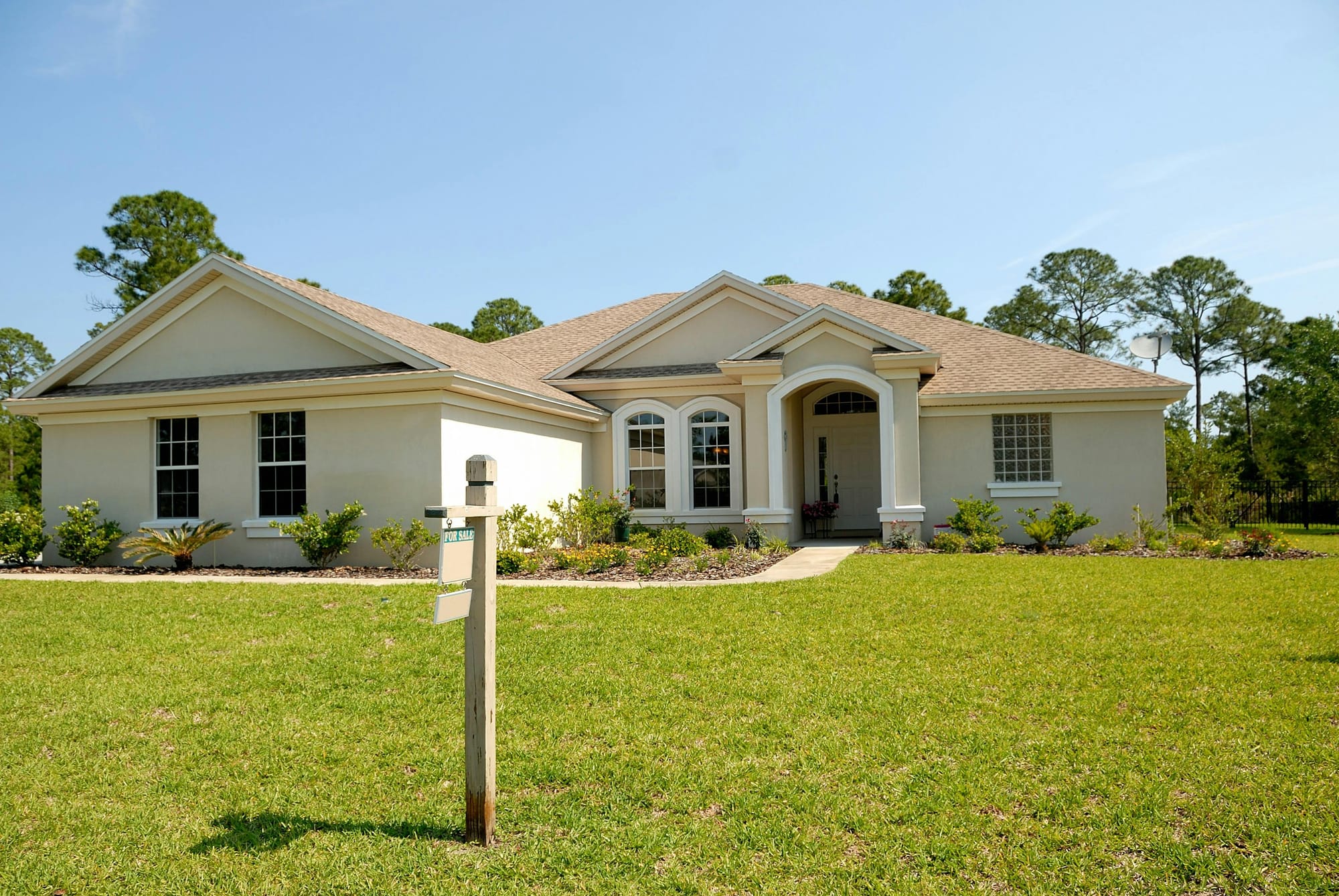Why PMI Matters for Homebuyers
If you’re preparing to buy a home, you may have already come across the term Private Mortgage Insurance (PMI). For many first-time buyers, PMI feels like a confusing extra fee layered onto an already expensive process. And in some ways, it is. PMI doesn’t protect you as the homeowner—it protects the lender in case you default on your loan.
But here’s the reality: PMI is extremely common, and for many buyers, it’s unavoidable at first. The good news? There are strategies to avoid PMI or at least minimize how long you have to pay it. By understanding how it works, you can make smarter financial choices and potentially save thousands of dollars over the life of your mortgage.
What Is Private Mortgage Insurance (PMI)?
Private Mortgage Insurance is a type of insurance that lenders require if you make a down payment of less than 20% on a conventional loan. Since a smaller down payment makes the loan riskier for the lender, PMI is their safety net.
PMI doesn’t benefit you directly—it won’t cover your mortgage if you fall behind—but it does allow you to qualify for a home loan with less money down. For many buyers, it’s the trade-off that makes homeownership possible sooner rather than later.
How Much Does PMI Cost?
The cost of PMI varies, but it usually falls between 0.3% and 1.5% of the original loan amount per year. That percentage is broken into monthly payments added to your mortgage bill.
For example, let’s say you purchase a $300,000 home with 10% down. Your loan amount would be $270,000. If your PMI is set at 1%, you’ll pay roughly $2,700 a year—or about $225 a month—on top of your mortgage payment.
| Home Price | Down Payment | Loan Amount | Estimated PMI (1%) | Monthly PMI Cost |
|---|---|---|---|---|
| $300,000 | 5% ($15,000) | $285,000 | $2,850/yr | $238/mo |
| $300,000 | 10% ($30,000) | $270,000 | $2,700/yr | $225/mo |
| $300,000 | 15% ($45,000) | $255,000 | $2,550/yr | $212/mo |
Over time, those costs add up. And while PMI isn’t permanent, the sooner you can remove it, the more money you’ll keep in your pocket.
When Does PMI Go Away?
The good news is that PMI doesn’t last forever. Most lenders will automatically cancel PMI once you’ve reached 78% loan-to-value (LTV), which means you’ve built 22% equity in your home through payments and appreciation.
You can also request to have PMI removed once your equity reaches 20%, as long as you have a solid payment history and no other risk factors. For homeowners in fast-appreciating markets, this can sometimes happen much sooner than expected.
Ways to Avoid or Minimize PMI
While PMI may feel like an unavoidable cost, there are strategies to either bypass it or shorten how long you’ll pay it.
- Save for a Larger Down Payment
The most straightforward way to avoid PMI is by putting at least 20% down. While that may feel out of reach for some buyers, even a slightly larger down payment reduces PMI costs. - Explore Piggyback Loans
Sometimes called an “80/10/10 loan,” this involves taking out a second loan to cover part of your down payment, helping you avoid PMI without needing the full 20% upfront. - Look Into Lender-Paid PMI (LPMI)
With LPMI, the lender pays the PMI on your behalf, but you’ll usually accept a slightly higher interest rate in return. It’s worth comparing the math to see if it works in your favor. - Refinance Once You Build Equity
If you bought your home with less than 20% down and have since built equity, refinancing can help eliminate PMI sooner—while also potentially lowering your interest rate.
| Strategy | Pros | Cons |
|---|---|---|
| 20% Down Payment | No PMI, lower monthly costs | Takes longer to save |
| Piggyback Loan | Avoid PMI with smaller down | Higher combined interest |
| Lender-Paid PMI | No monthly PMI payment | Higher interest rate overall |
| Refinance Later | Eliminate PMI once equity rises | Closing costs, must requalify |
Why Understanding PMI Helps You Save
PMI isn’t inherently bad—it can open the door to homeownership when saving for a large down payment feels impossible. But it’s also an extra cost that deserves attention. The sooner you can remove it, the sooner you can direct that money toward savings, renovations, or simply building financial security.
| Loan Amount | With PMI (5 yrs) | Without PMI | Extra Cost Over 5 Years |
|---|---|---|---|
| $250,000 | $10,000 | $0 | +$10,000 |
| $300,000 | $12,500 | $0 | +$12,500 |
Next Steps with Lendgo
The smartest way to approach PMI is by looking at the bigger picture. Different lenders have different PMI requirements, rates, and structures. By comparing options, you can find a loan that minimizes these costs and helps you build equity faster.
That’s where Lendgo makes the difference. In just minutes, you can:
- Compare multiple lenders side by side
- See how different down payment amounts affect PMI
- Explore refinancing options that may help you remove PMI sooner
Check mortgage options with Lendgo today and find out how much you could save—not just on interest, but on unnecessary PMI costs.






